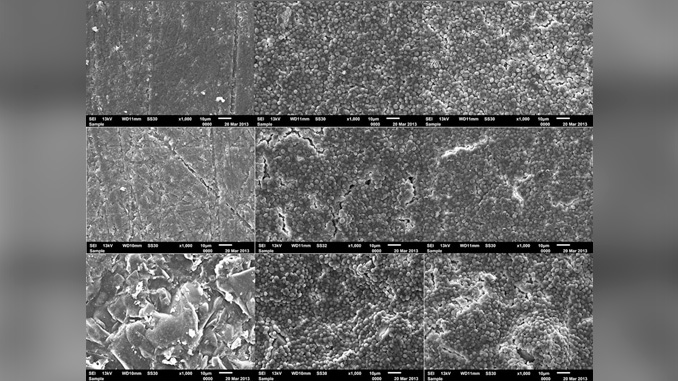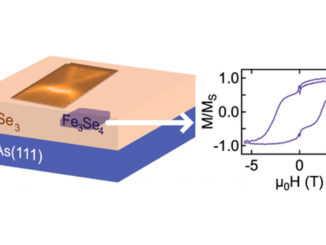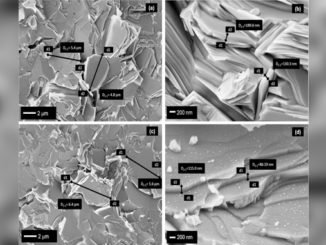
Writers: Camila C. de Foggi; Ana L. Machado; Camila A. Zamperini; Darcy Fernandes; Amanda F. Wady; Carlos E. Vergani
Keywords: acrylic resin; biofilm; Candida albicans; hydrophobicity; surface roughness
Abstract
The aim of the present study was to evaluate the effect of surface roughness (roughness average [Ra] μm) on the hydrophobicity of a denture-base acrylic resin and the initial adherence and biofilm formation of Candida albicans (C. albicans).
Disk-shaped specimens were divided into six groups: Ra 0.05, Ra 0.2, Ra 0.4, Ra 0.8, Ra 1.5, and Ra 3.0. Water contact angles (WCA) were measured, and the specimens incubated with C. albicans for 90 min (initial adherence, n = 108) or 48 h (biofilm formation, n = 108). Adhered and biofilm cells were evaluated by c.f.u./mL and 2,3-bis-(2-methoxy-4-nitro-5-sulfophenyl)-2H-tetrazolium-5-carboxanilide (XTT), and the correlation between the two methods was evaluated. The surface of the specimens and cells (adhered and biofilm) were also analyzed by scanning electron microscopy (SEM).
Groups Ra 0.05 and 3.0 exhibited the lowest (~75°) and the highest (~100°) WCA mean values, respectively. For both initial adherence and biofilm formation, no statistically-significant differences were observed among all groups, as determined by c.f.u./mL and XTT. A positive correlation between these two methods was found. SEM analysis showed the presence of scratches and valleys on the acrylic specimens and densely-packed yeast cells covering the entire surface.
Conclusions
Roughness significantly increased hydrophobicity (WCA), but had no effect on the number and metabolic activity of adherent and biofilm cells of C. albicans.




